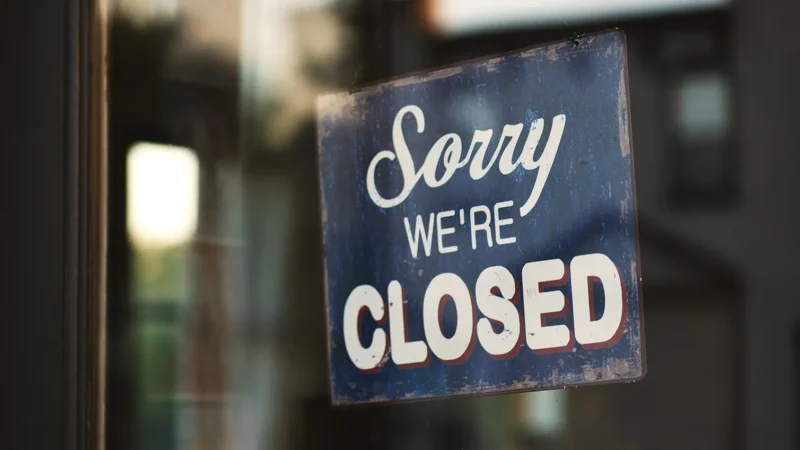High Chargebacks and Return Rates
- April 15, 2021
As a merchant, your business relies on buying and selling for you to make revenue and hit your bottom line profit goals. Usually, your payment processing should go off without a hitch. Your customers pay you for your goods or services, you keep the money, and they are satisfied with their purchase. However, sometimes credit card transactions are not that simple. In some instances, the customer will call back and dispute the charge with their credit card company. Without strict receipts and organized accounts, your business type may end up having to pay that money back to the credit card collector, also known as a chargeback.
Every company has a different chargeback number and rate. A higher rate can lead to higher fees or problems getting certain credit card processors to trust your business. You want to establish a positive reputation with your customers and be a trustworthy merchant account provider for payment processors. Getting your chargeback rate under control, especially in a high-risk industry is one of the most important steps you can take towards gaining that trust back with the people and with financial institutions. Here are a few things you should know about how chargebacks work, finding your own rate, and avoiding the consequences of a high rate.
What are chargebacks and how do they work?
Simply put, a chargeback is the return of money to the payer of a transaction. Every type of business and service provider has to deal with chargebacks from time to time, especially with credit card interactions and online payments. As a business owner, you complete a transaction and the money goes into your bank account. Unfortunately, a customer can dispute that claim and call their credit card company to get that money refunded. These processors will then approach you for those funds or to reverse the money transaction, even though you have already spent those funds. With the help of reserve funds for your merchant account, you can be prepared for any immediate account fees or unexpected refunds.
You may even be able to fight the refund. With the right legal advice, you can stand up for yourself as a merchant. While customer service is a positive element of your business model, you don’t want to have a reputation of problems with your credit card processing or have a high number of chargebacks. Sometimes it pays to use a law firm to fight the returns, especially for small businesses or startups.

Calculate your chargeback rate.
As you’re navigating your chargeback numbers, it’s a good idea to figure out what your rate is. If you are on favorable terms, you may have the lowest rate possible. However, if you are considered a high-risk merchant, you may have a higher rate for your chargebacks. The best way to calculate your chargeback ratio is by taking your month’s chargebacks and divide that by the number of invoices and transactions your business performed. This includes ecommerce, virtual terminal transactions, your online payment gateway, and physical POS systems transactions. This interchange will give you a number that determines if you are a high-risk business for credit card processors to work with. Generally, a 1% or lower chargeback rate is considered acceptable and makes you a reliable merchant service provider.
Know if you are a high-risk merchant.
Certain industries and merchant accounts are considered high-risk due to a number of different factors. For example, nutraceutical and skincare companies are high-risk accounts because they make blanket claims and bill customers without express disclosure or notification. If you are a company that fits this description, you might be in the high-risk category and should consult an attorney to work on chargeback prevention. Global Legal Law Firm can help you become a trusted account that can get competitive rates again.
High chargebacks can limit your credit card payment options.
The risk of chargebacks may not seem like a huge deal, but it can actually limit your payment methods and lead to bad credit for your company. When a credit card provider sees excessive chargebacks, they won’t want to deal with the hassle and potential losses of being your service provider. To keep your options open within the payments industry, keep a profile as a low-risk merchant.
Recommended Posts
-

Step-by-Step Guide to Getting Off the TMF MATCH List
The TMF MATCH list, maintained by the TMF (Terminate Merchant File)...
Read More -

The Guide to a Successful Merger and Acquisition
Introduction Mergers and acquisitions (M&A) are pivotal strategies for companies looking to...
Read More -

Understanding Fiduciary Duties of Corporate Officers and Directors
Understanding Fiduciary Duties of Corporate Officers and Directors In the realm of...
Read More